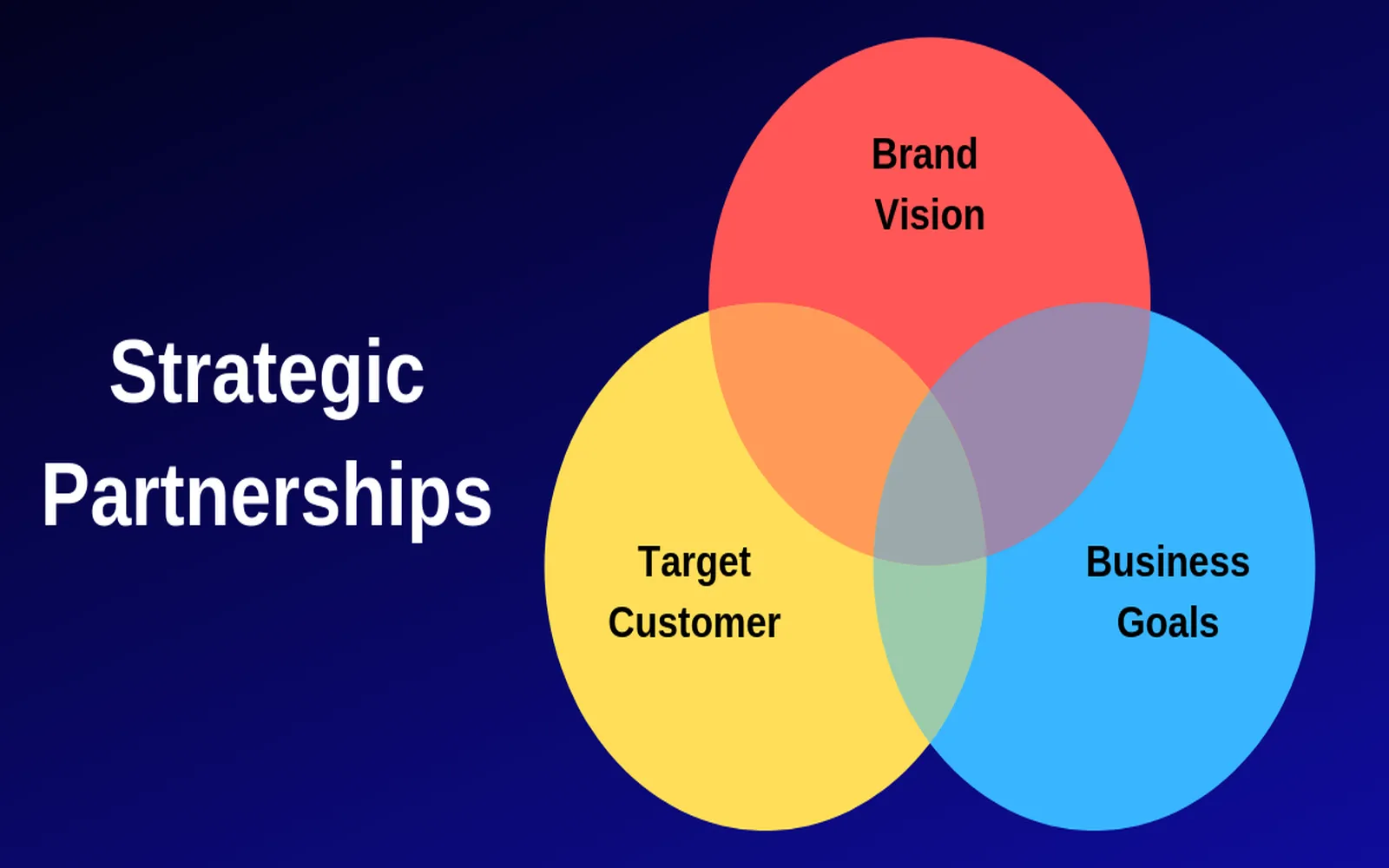Brand partnerships have emerged as a powerful growth strategy for businesses aiming to expand their reach and enhance their visibility in competitive markets. By collaborating with complementary brands, you can leverage each other's strengths and resources, ultimately driving growth and increasing sales. In this article, we will explore how to effectively utilize brand partnerships as a growth strategy and the key considerations to keep in mind.
Understanding Brand Partnerships
Brand partnerships involve collaboration between two or more businesses to achieve mutual benefits. This can take various forms, such as co-branding, cross-promotions, joint ventures, or influencer collaborations. The goal is to tap into each other's audiences, share resources, and create value that benefits all parties involved. One of the most significant advantages of brand partnerships is the ability to reach new customers without having to invest heavily in marketing.
Identifying the Right Partners
Choosing the right brand partner is crucial for the success of your partnership. Here are some factors to consider:
- Target Audience Alignment: Ensure that your partner's audience aligns with your target customer base. This increases the chances of successful engagement and conversion.
- Brand Values and Mission: Collaborate with brands that share similar values and missions. This ensures authenticity and resonates with consumers.
- Complementary Products or Services: Look for brands that offer products or services that complement yours, creating a more comprehensive solution for customers.
Types of Brand Partnerships
There are several ways brands can collaborate. Here are a few common types:
| Partnership Type | Description |
|---|---|
| Co-branding | Two brands collaborate to create a product that features both brands’ names and logos, enhancing visibility. |
| Cross-Promotion | Brands promote each other’s products or services through various channels, expanding reach without extra costs. |
| Joint Ventures | Two brands come together to create a new product or service, sharing the risks and rewards of the venture. |
| Influencer Collaborations | Partnering with influencers to promote products to their audience can significantly increase brand awareness. |
Benefits of Brand Partnerships
Implementing brand partnerships can lead to several benefits, including:
- Increased Brand Awareness: Partnering with an established brand allows you to tap into their audience, boosting your visibility.
- Shared Resources: Collaborating can lead to shared marketing costs, reducing the financial burden on each brand.
- Enhanced Credibility: Associating with reputable brands can enhance your brand's credibility and attract new customers.
- Access to New Markets: Partnerships can provide entry into new markets that may have been previously challenging to penetrate.
Creating a Successful Partnership Strategy
To maximize the benefits of brand partnerships, follow these essential steps:
1. Set Clear Objectives
Before entering a partnership, outline your goals. Are you looking to increase sales, enhance brand awareness, or expand your customer base? Setting clear objectives will guide your partnership strategy.
2. Develop a Collaborative Plan
Create a plan detailing how the partnership will operate. This should include marketing strategies, roles and responsibilities, and key performance indicators (KPIs) to measure success.
3. Communicate Effectively
Open communication between partners is vital for a successful collaboration. Regular check-ins and updates ensure that both parties are aligned and can address any challenges that arise.
4. Monitor and Evaluate
Track the performance of your partnership against the objectives set. Analyzing data will help you understand what works and what doesn’t, allowing for adjustments to maximize results.
Case Studies of Successful Brand Partnerships
Examining successful partnerships can provide valuable insights. Here are a few notable examples:
| Brand Partnership | Outcome |
|---|---|
| Nike and Apple | Combined fitness tracking with stylish apparel, resulting in increased sales for both brands. |
| Starbucks and Barnes & Noble | Created a cozy environment for customers, boosting foot traffic and sales for both companies. |
| Coca-Cola and McDonald's | Long-standing partnership that enhances brand visibility and customer loyalty through exclusive promotions. |
Conclusion
Incorporating brand partnerships into your growth strategy can significantly enhance your business's reach and effectiveness. By choosing the right partners, setting clear objectives, and maintaining open communication, you can create mutually beneficial collaborations that drive growth. Remember, the key to successful brand partnerships lies in aligning values and goals, ensuring that both brands contribute to a cohesive strategy that resonates with consumers.





